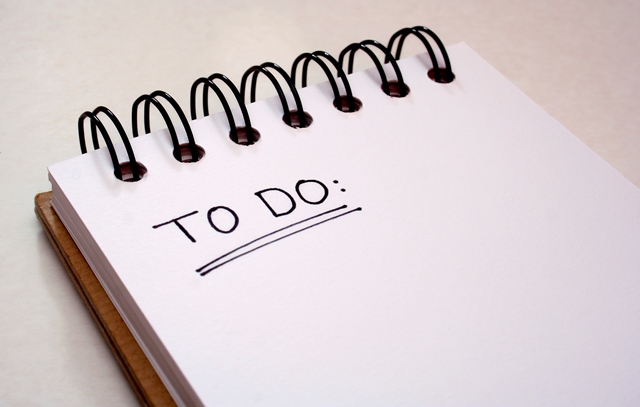Organizing records? Groan. Although going through piles and piles of documents sounds like a grand time, I think I’d rather get a root canal.
But, it’s a necessary evil, and one where if you fail to keep up and organize everything properly, its sure to come back and bite you.
How many times have you lost that really important ticket, or the bill to last month’s credit card? Do you remember where all your immunizations, school records, past work information, contacts, and letters from insurance companies are?
If you don’t, no need to worry. There are a lot of us in this camp—the place where everything seems to be organized until it comes time to actually find something important. That’s when you realize you have no idea where anything is.
No worries, though. There are some foolproof ways to finally get around to organizing all the important documents in your life in an easy, efficient and manageable system. Just have some office supplies handy!
1) Categorize: Take everything you’ve got hoarded away and go through it all, form by form. Read it thoroughly and make sure you’re not throwing out anything with pertinent information.
Anything with your information should be shredded before thrown away. Take the pile of stuff that you’ve now decided not to disown and sift through everything, categorizing it into different areas. For example, one pile would be for tax-related documents, one for business-related, one would be retirement funds-related, etc.
Taking each document and giving it it’s own place is essential since it’s a good way to remember where exactly to look later on when you need that paper right away.
2) Divide and conquer: After each category is done, take a folder (or files) and label each according to the categories. I find using large folders, solid dividers, eye-catching colors and a table of contents is a great way to organize your documents.
Divide all the piles of paperwork you have and decide where you want each section to go. Put the most important documents in the front of the folder, and the miscellaneous in the back. If you can, compile one document’s information onto another piece of paper, which will cut down on the amount of stuff you have.
3) Keep a list of all relevant passwords: There’s little more frustrating than trying to remember a really important password. To alleviate this problem, compile a list of all the passwords you use most often and then another one with all the most sensitive and crucial passwords.
For example, have your eBay, Amazon, Facebook and other less sensitive password and usernames on one sheet. Have another sheet with your investment, 401K, computer login, credit card and other important usernames and passwords.
This way, if you ever forget any of these passwords, you can look in your “miscellaneous” category and have a handy sheet. Just make sure to put it in a place someone can’t easily get to it.
4) Update: The organization system will be useless if you aren’t updating it with all relevant information as you get it. Did you change your password last week? Update it on your password list. Got a new statement from your investment company? Throw out the old one and put in the new one.
It’s all about having the most important information in an easy and effective system. The key to organizing really is finding a way that makes sense to you, though. Find what you like and how you want it organized and the rest will be easy.

